Home![]() Articles
Articles![]() Feast on the Fabulous 'F' Frosted Fanciful dessert cakes from Faraway Frontiers of the World
Feast on the Fabulous 'F' Frosted Fanciful dessert cakes from Faraway Frontiers of the World
There are too many dessert cakes with different names with similar nostalgic warmth attached to them. So we break them down, one signature per country at a time, this time with the alphabet F.
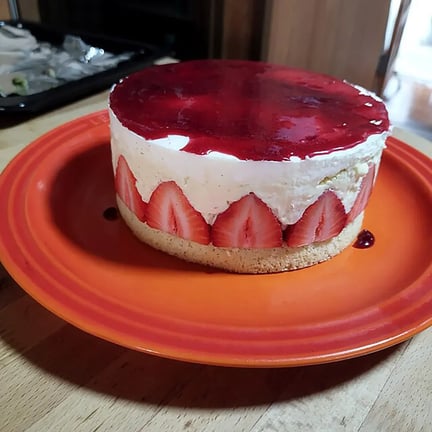
What’s in store for the dessert cakes starting with the Alphabet F? There are quite some of them that are steeped in religious history, that are simple boozy cakes to the more intricate layered cakes with marzipan and buttercream frosting and fresh strawberries to make them look like a gourmand’s fever dream. Trust in us when we say, these fabulous desserts will make you want to take a trip to these countries just to taste a slice.
1. Fanouropitaśś
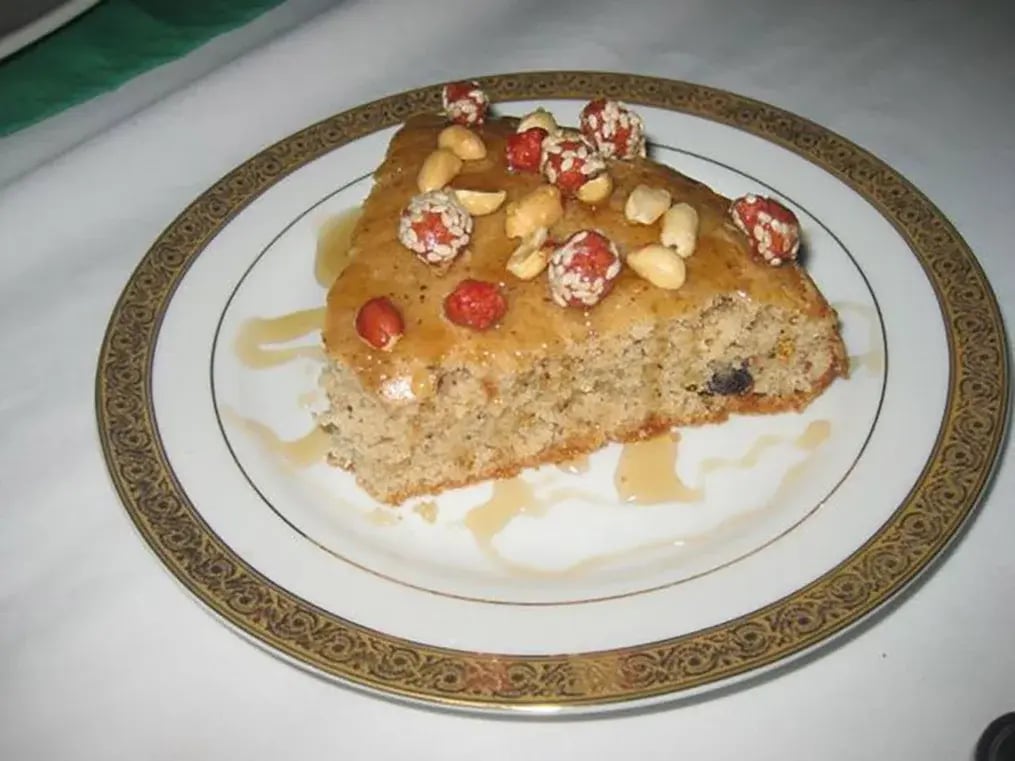
This cake has a religious connection, and is baked to honuor St. Phanourios, who was a martyr and a patron of all things lost, which is why the cake is called such, meaning “cake for lost things”. It is commonly baked and eaten during the religious fasting period of Lent. The cake is similar to Christmas fruitcakes filled with nuts and spiced with cinnamon and cloves. The cake is tender and flagrant and doesn't contain any dairy or eggs, it's round and small and quite pretty to look at.
2. Fraisier
Resembling the English strawberry shortcake, Fraisier is French and is made up of genoise sponge cake that sandwiches a vanilla-flavoured mousseline which is lined with strawberries. Marzipan is also used in this intricate dessert. This cake was crafted to honor strawberries, likely in the 1800s because before the 1900s France only had tiny strawberries that looked like a victim of shrinkage, in the wild. Once the bigger ones started arriving in the country newer variations were made.
3. Fontoš kolač
A cake from the village of Debeljača, in Serbia, Fontoš kolač, is a cake from the Hungarian migrants made with flour, milk, sugar, yeast, butter or lard, cloves, margarine, salt and pepper. They resemble circular pieces of braided bread and are made of two pieces of dough, one is braided and the other just shaped into a ring. It is brushed with an egg wash and baked. These are fed to the whole town of Debeljača, a couple of days before a wedding ceremony is held in the town.
4. Fifteens
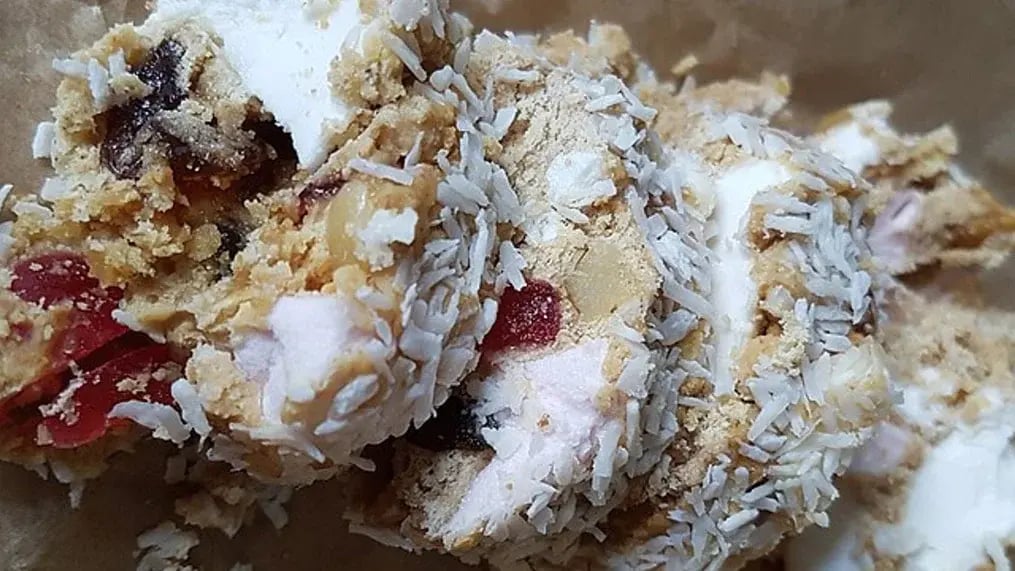
Straight from Northern Ireland, Fifteens is named based on the log made from 15 each of digestive biscuits that are crushed, marshmallows, and glace cherries, glued in place by condensed milk and coconut. These are rolled into logs, chilled to set, cut into 15 slices and eaten. You will find them at most local bakeries in North Ireland and also at local festivities throughout the year.
5. Fregolotta
A cross between a big cookie and a shortcake, the Italian Fregolotta has a crumbly nature that comes from the Italian city of Treviso. A local baker named Angelo Zizzola created this crumbly cake using flour, sugar, butter and cream in the town of Salvarosa di Castelfranco Veneto. The name was given the cake produced crumbs when bit into or cut. It is also known as the Rosegar which means “to gnaw” because the cake isn't as soft as traditional ones are. The recipe is as basic as this and often uses almonds or lard instead of using butter.
6. Framentunjača
Coming from Croatia, this traditional cake comes from its Kvarner area and uses corn flour, water, salt, dried fruits like raisins, figs and nuts like almonds. The fruits and nuts are chopped down and added to the bubbling batter towards the end of the cooking period. This mixture is then baked on low heat and eaten chilled paired with a local brandy called rakija.
7. Flódni
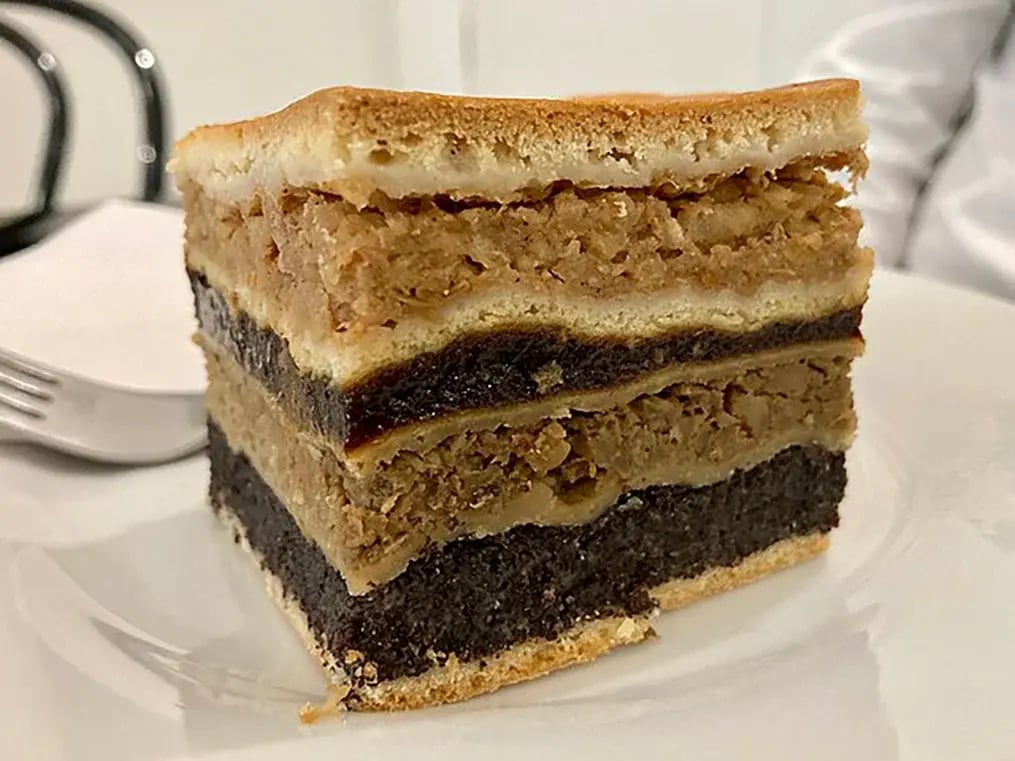
A Hungarian cake with Jewish roots, this rich, layered cake was created for the Jewish festival of Purim. It celebrates the Queen of Persia who saved the Jews from persecution at the hands of Haman, an influential official of the Achaemenid empire, in the 5th century BC. But this wasn't the beginning of the Hungarian Jewish cake, it goes back even further and links itself to the German fladen that completely disappeared for a while. But it made a comeback around the 1800s and was religiously made for the Purim festivities.
8. Friand
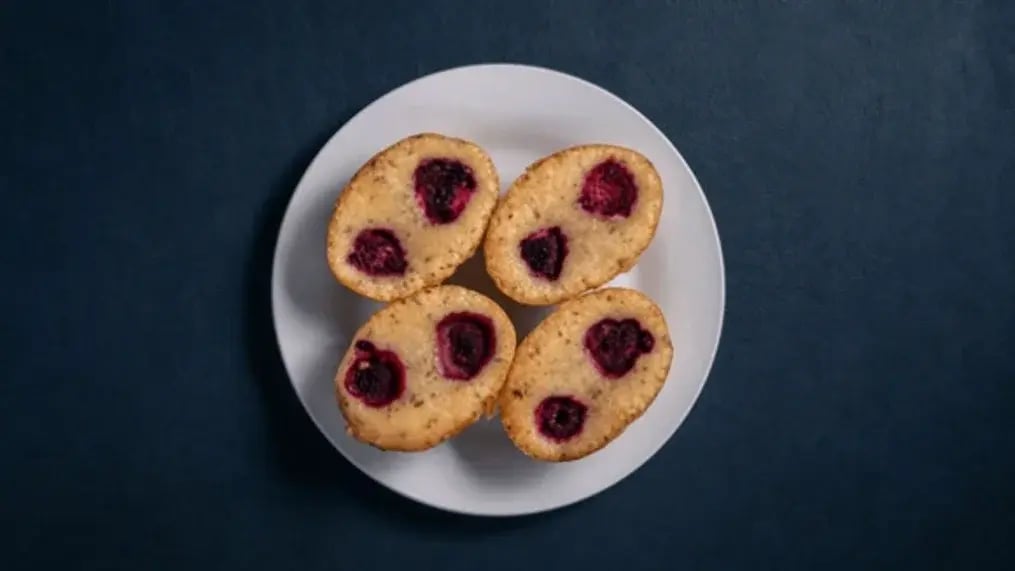
Friand looks like muffins but are actually small almond cakes of French origin which are also popular in Australia and New Zealand. They are made with almond flour, egg whites, butter and sugar and have small pieces of fruits like raspberry, strawberries, or blueberries embedded in them. They can also have chocolate or nuts in them with or without the fruits, although the fruits are the most common ones around. The special thing about these cakes is that they are baked in a special mould and taste great with a hot beverage or a dollop of ice cream.






















